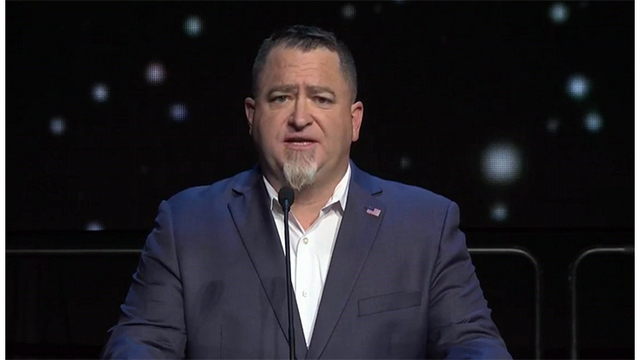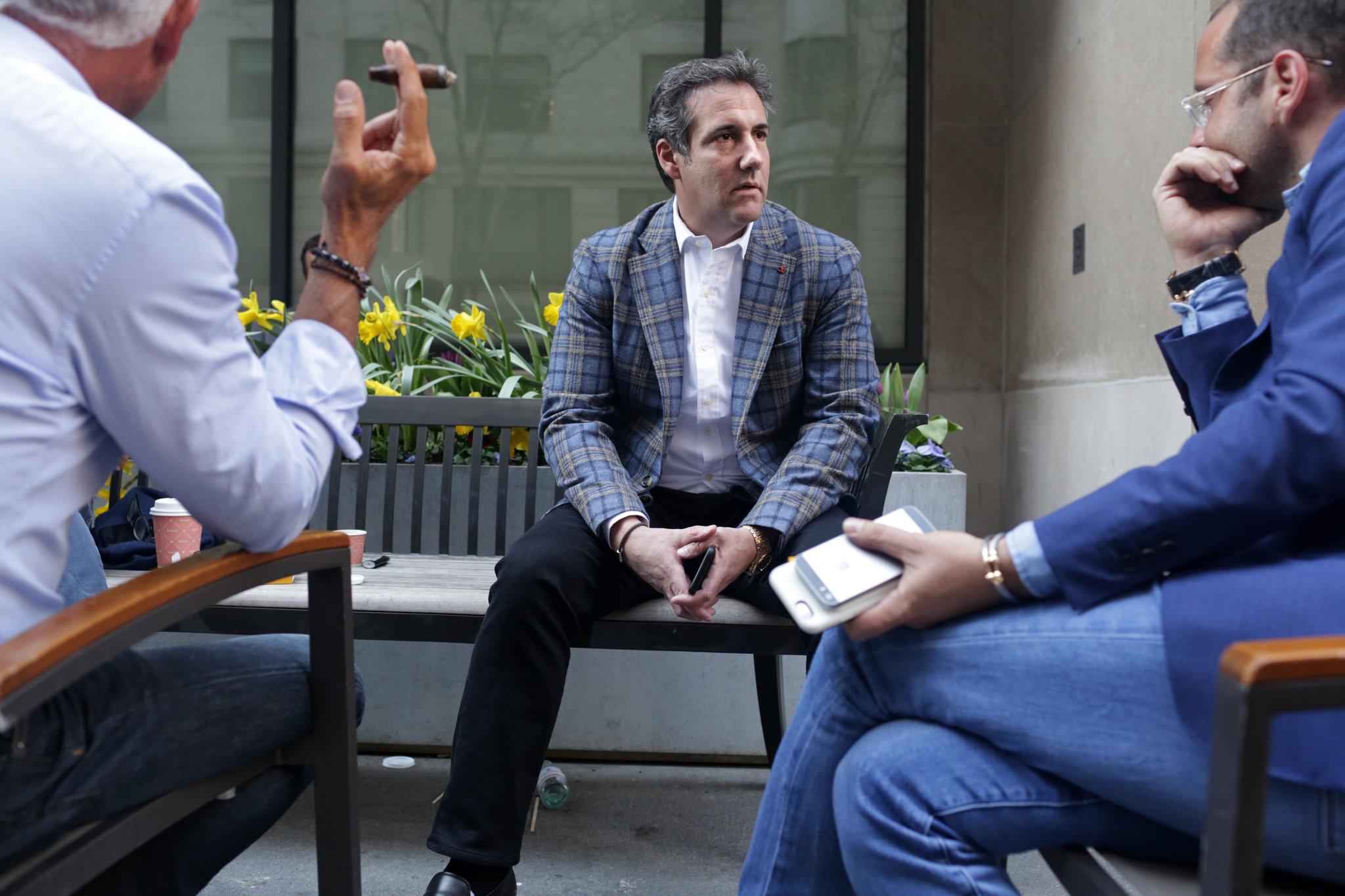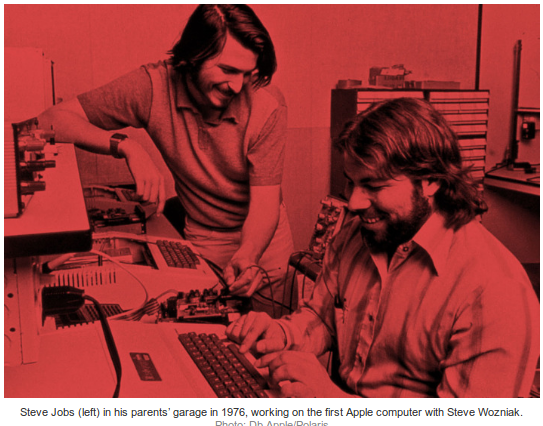
The tree involved with the Korean Axe Murder Incident
Talk is in the air that North and South Korea may finally sign a peace agreement that will officially end the Korean War. The guns mostly went silent with the 1953 signing of the Korean Armistice, but there were still outbursts of violence, such as the Korean Axe Murder Incident of 1976.
The Korean Axe Murder Incident began on August 18, 1976 when United Nations Command (UNC) forces (consisting of U.S. Army and Republic of Korea [ROK] troops) identified a poplar tree in the Korean Joint Security Area (JSA) of the DMZ that blocked the view in the summertime of a UNC checkpoint (CP No. 3) from a UNC observation post (OP No. 5). A work party of UNC soldiers, led by U.S. Army CPT Arthur Bonifas and USA 1LT Mark Barrett, was organized to trim the tree using axes and other tools.
This prompted a response from North Korean soldiers. A group of 15 North Korean soldiers led by a notoriously confrontational officer, Senior Lt. Pak Chul, tried to intervene, with Chul claiming the tree was planted by North Korean founder Kim Il Sung himself. The UNC troops promptly ignored Chul and his troops and returned to trimming when Chul ordered his men to kill them. In a skirmish lasting less than 30 seconds, Chul’s men killed Bonifas with one of the working party’s axes and then fled. Barrett managed to escape the initial attack and hid in a nearby depression but UNC forces did not notice he was missing until after North Korean troops had found him and also killed him with an axe.
Continue reading →








